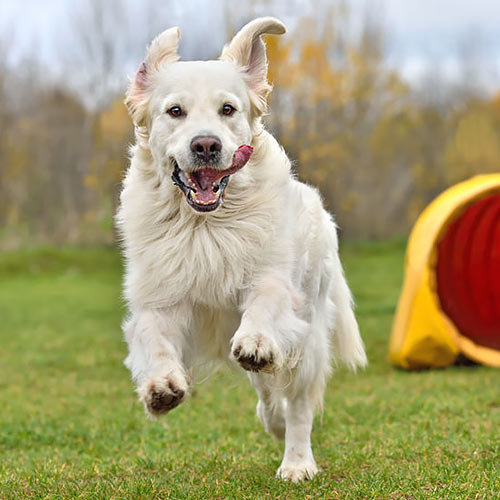 time and money and will leave you disappointed when “the heat is on.” Finding the right dog is an absolute must.
time and money and will leave you disappointed when “the heat is on.” Finding the right dog is an absolute must.For the purpose of this article, let’s define a working dog as a personal protection dog, a police K9, Search and Rescue, Detection Dog and the like. This article is especially written with the personal protection dog in mind although it applies to other working dogs as well.
First, almost disregard the cost. Real working dogs are costly. A $300 German Shepherd WILL NOT be a working dog. In fact, you’ll be hard pressed to find a working dog for less than $2000. Again, real working dogs are costly. There are trainers out there who will get a hyper shelter dog for very cheap, pass him off as a K9, charge you through the roof, and all you get is hyper shelter dog, not a working dog. So…price isn’t everything but it does tell you something.
Second, begin your search with a working line dog. It is true that an occasional mutt can be working dog but we’re talking now about purebreds. Don’t expect to find a working dog from show line stock. Show dogs are show dogs. Some will argue on this point but it has been proven over and over again that show dogs are bred to look nice; their brains and nerves have by-and-large been bred out of them. Again, starting right is 95% of the working dog. Stick to dogs from pedigrees from working lines. A working line is a pedigree full of ScH, SVV, CVV, and other working titles. Stay away from lines that are primarily show lines but throw in a wimpy ScH title in order to breed, like the West German show line dogs. Stick with a German working line, Czech line, Slavakian line, or the Dutch KNPV line. Stay away entirely from American line dogs if you want a solid working dog. No American line has consistently produced proven working dog capabilities. Your chances of finding a good working dog in these lines is almost nil. Don’t waste your time and money of them…if you want a working dog.
Third, it’s best to buy an older pup or young adult for working purposes. Get over the mentality that you have to buy a puppy (very, very few young adults have trouble adjusting to a new person/family!). Purchasing a young adult is the best bang for your buck. You know what you’re getting! You can see its temperament; you don’t have to guess what it will be like six months from now. Its hips have been xrayed and declared free of dysplasia. It’s a far greater gamble to purchase an eight-week-old pup, especially if you’ve never had a working prospect before. Purchasing an older pup or young adult will cost you more than an eight week old, but probably no more than it would cost you to raise the dog yourself to that age. Another benefit is that if you purchase from a working dog breeder, the breeder will be happy to do some of the necessary preliminary drive work with the pup. Respectable working dog breeders are not in a hurry to shove their pups out the door at 6 weeks or 8 weeks of age. Other benefits are that the young adult will already be through the troublesome puppy stage, and will probably be housetrained for you.
Fourth, choose a dog that is not shy. A timid dog will not be a protector. It may snarl, growl, and even bite — but if it bites from fear it will let you down. A protection dog must be confident! A home intrusion or a personal assault is a high-stress situation. Your dog must be able to work under these stressful situations. Sure, handling that stress is a part of his training, but you must begin with a dog that is not shy. On the other hand, you cannot have a dog that is aggressive either. Some say, “My dog has bit two people. I can’t control him. I think I’ll donate him to a police department.” Chances are, the dog bit out of stress or fear. It would make a poor protector. A solid protection dog has a solid temperament!
Far too many people have begun with the wrong pup/dog, have already invested time and money in training and are “stuck” with less than what they desired. Do it right. Get the right dog to begin with. You’ll be glad you did!

